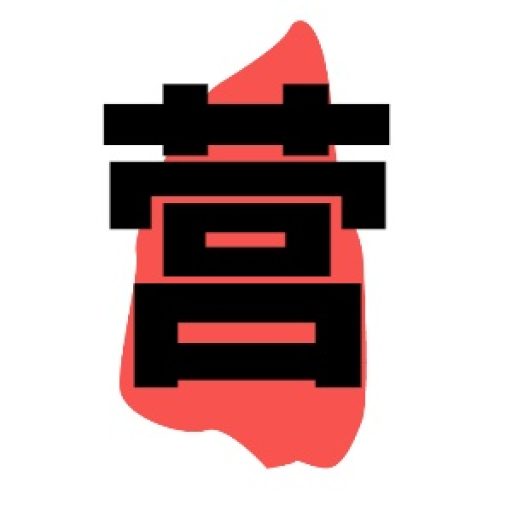The origin of the Mid-Autumn Festival, also known as the Moon Festival, is dee rooted in Chinese history and culture. The festival typically falls on the 15th day of the eighth lunar month, which corresponds to late September or early October in the Gregorian calendar. It is a time for families to come together, enjoy mooncakes, and appreciate the beauty of the full moon.
Mooncakes, or "moon cakes," are a traditional pastry that symbolize completeness and reunion. They are often filled with sweet or savory fillings such as lotus seed paste, red bean paste, or salted egg yolks. The name "mooncake" comes from the shape of the moon, which is round and full.
The tradition of eating mooncakes dates back to ancient China, where they were used as offerings to worship the moon goddess during the Spring Festival. Over time, mooncakes became a popular treat during other occasions, including weddings and birthdays.
In modern times, mooncakes have evolved into a beloved dessert that can be found in many different flavors and shapes. They are now enjoyed not only during the Mid-Autumn Festival but also throughout the year as a symbol of good fortune and happiness.
Overall, the tradition of eating mooncakes is a testament to the importance of family, community, and cultural heritage in Chinese society. It serves as a reminder of the joy and warmth that can be found in simple pleasures and the love that we share with those around us.

